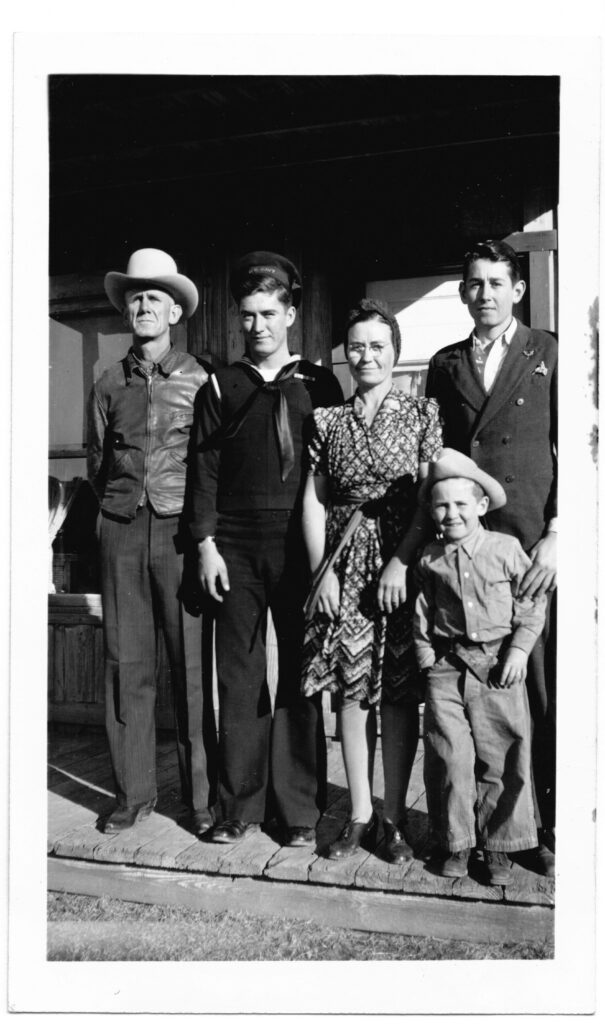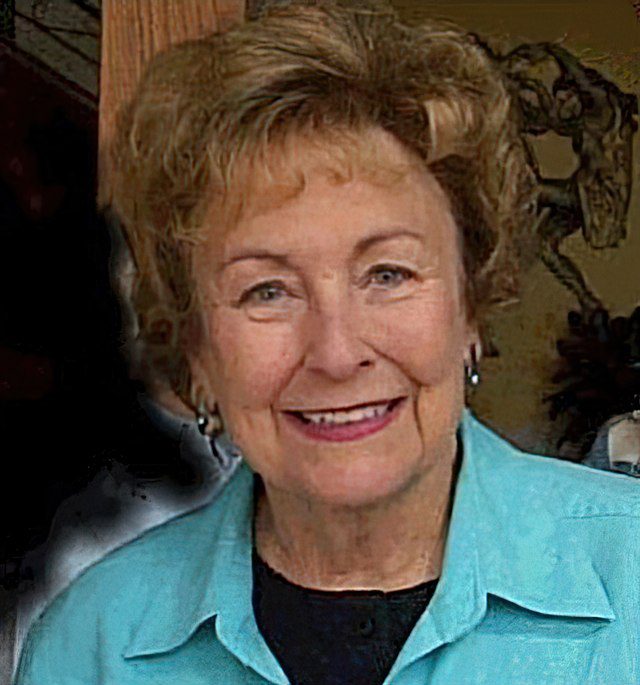Julia Moore, Army Wife, Takes On The US Army–And Wins
Within the course of several weeks, I learned the story behind the change in notification of next of kin from World War II to the current day. During World War II, notifications were done by telegram. Today, they are done by casualty notification teams consisting of an officer and a chaplain.
As I learned about this process, I found a new heroine. Julia Moore was the wife of Lieutenant Colonel Harold Moore. Lt. Col. Moore led 450 men of the 1st Battalion of the 7th Cavalry into the Ia Drang valley in Vietnam where they found themselves surrounded by 2,000+ North Vietnamese soldiers. The actions in the Ia Drang valley were the first large battles of the Vietnam War. 230 men were killed in action, and an equal number were wounded.1
You may have heard of, or seen the movie, We Were Soldiers Once–And Young starring Mel Gibson. It was based on the book of the same name. Lt. Col Moore and Joe Galloway, a journalist who was there are the co-authors. The book also discusses the role Julia Moore would play in changing the way the US Army notified families of the deaths of their loved ones.
The Navy Department Deeply Regrets To Inform You…
But first, I started to read the book, So Long For Now: A Sailor’s Letters From the USS Franklin, by Jerry Rogers. His brother, Seaman 2nd class Elden Rogers, went missing on 19 March 1945 when USS Franklin was attacked by the Japanese bomber. As I mentioned, during World War II families of service members who died or went missing were notified by telegram.

In his book, Jerry, at the time six years old, describes the moment when the telegram was delivered. Their mother, Grace, noticed a car driving up to the front of their home. It carried their mother’s closest friend along with the family doctor and a representative from their local draft board.

One of them said,
We have some bad news.
One of the visitors handed his mother a telegram stating that Elden was missing in action. Fortunately, in the small town of Vega, Texas the community came together. The Rock Island Railroad depot agent had contacted the group to help the family get through the beginning of the tragedy.2 Their lives had been forever changed.
This then reminded me of the scene in the movie, Saving Private Ryan, where the mother of the three brothers is notified. It’s a haunting scene and it resonates with me as I’m from a small Mississippi farming town. I heard similar stories from my relatives.
As you can see, she collapses on the front porch when the minister and the Army officer show up. (I’m fairly certain that it wasn’t normal practice for an Army officer to be present. Probably artistic license because there were three telegrams to deliver.)
The Secretary of the Army Regrets…
In the spring of 2023, the US military renamed military bases to end their connection with the Confederacy. Fort Hood became Fort Cavazos, Fort Bragg became Fort Liberty, and Fort Benning became Fort Moore. I remember learning that Fort Moore was the only post to be named after a married couple. Although I found it interesting, the news reports I read and watched didn’t go into detail.
But a couple of weeks after I read the story of the Rogers family, I ran across an article that explained more about why Fort Benning was renamed Fort Moore. In 1965 the notification process was still via telegram. Perhaps in small towns, a Western Union agent was able to mobilize neighbors. This wasn’t feasible in larger towns or cities, and certainly not on a large base such as Fort Benning.
The Army wasn’t prepared for the flood of casualty notifications. When Western Union agents received a telegram in Columbus, Georgia, home of Fort Benning, they hired taxi drivers to deliver the news. Julia Moore, in her husband’s book, describes how one driver showed up drunk, delivered the telegram, fell off the porch, and wound up unconscious in a flower bed. The book details how the sight of Yellow Cabs driving down the post streets struck fear in the hearts of the wives living there.
…In No Uncertain Terms…

Julia soon learned that some of the funerals of the men in her husband’s battalion had been held without her being notified.
She called Suvivors Assistance and told them in no uncertain terms that they must inform her of every 1st Battalion death notification and of every funeral for a 1st Battalion soldier at the post cemetery.3
The wives of other 7th Cavalry officers also attended funerals. Then the wife of the Commanding Officer of the 1st Cavalry Division became involved. She, along with other wives, went public with their criticism of the “taxicab telegrams.” The Army reacted quickly forming casualty-notification teams consisting of a chaplain and an officer. Their role was not just to notify the family, but to stay with them until other family members or friends could arrive.4
One thing that hasn’t changed since World War II is the tragedy and heartache the death of a loved one causes. I understand that family assistance programs in the military are much better than they were in the 1960s. And I am sure there a plenty of spouses today who possess the same attributes as Julia Moore. I understand they continue to lobby the Department of Defense to do better.
Fort Moore is well-named.
Did you arrive here via a search engine? I am the author of the forthcoming book, Heroes By The Hundreds: The Story of the USS Franklin (CV-13). In addition to writing about the bravery of the crews that saved her, I will be writing about the lessons we can learn in leadership and crisis management. I’ll also write about the changes the US Navy made as a result of those lessons learned.
I send out a monthly newsletter, Glenn’s After-Action Report, writing about subjects I find interesting in my research. You can sign up for it below. Feel free to leave a comment or ask a question. Thanks for reading.-Glenn